Make High Priest Clothing for Your Students
Have you ever wondered why certain people wear elaborate costumes or unique outfits on special occasions? Think about judges, graduates, military officials, and brides. Each of them dons specific attire that conveys honor and significance. This is a great opening question to engage your students when introducing the concept of a high priest. Just like those individuals, the high priest wore special clothing that held deep meaning and honor.
Understanding the High Priest's Role
Before diving into the specifics of the high priest's clothing, it's essential to clarify some important distinctions for your students. Only descendants of the tribe of Levi could serve as priests, but to be a high priest, they had to be a descendant of Aaron, the first high priest. The priests had the responsibility of taking care of the tabernacle and assisting the people with their offerings to God. However, the high priest had a unique role as the intermediary between the people and God. This significant responsibility is one reason why he wore distinctive clothing.
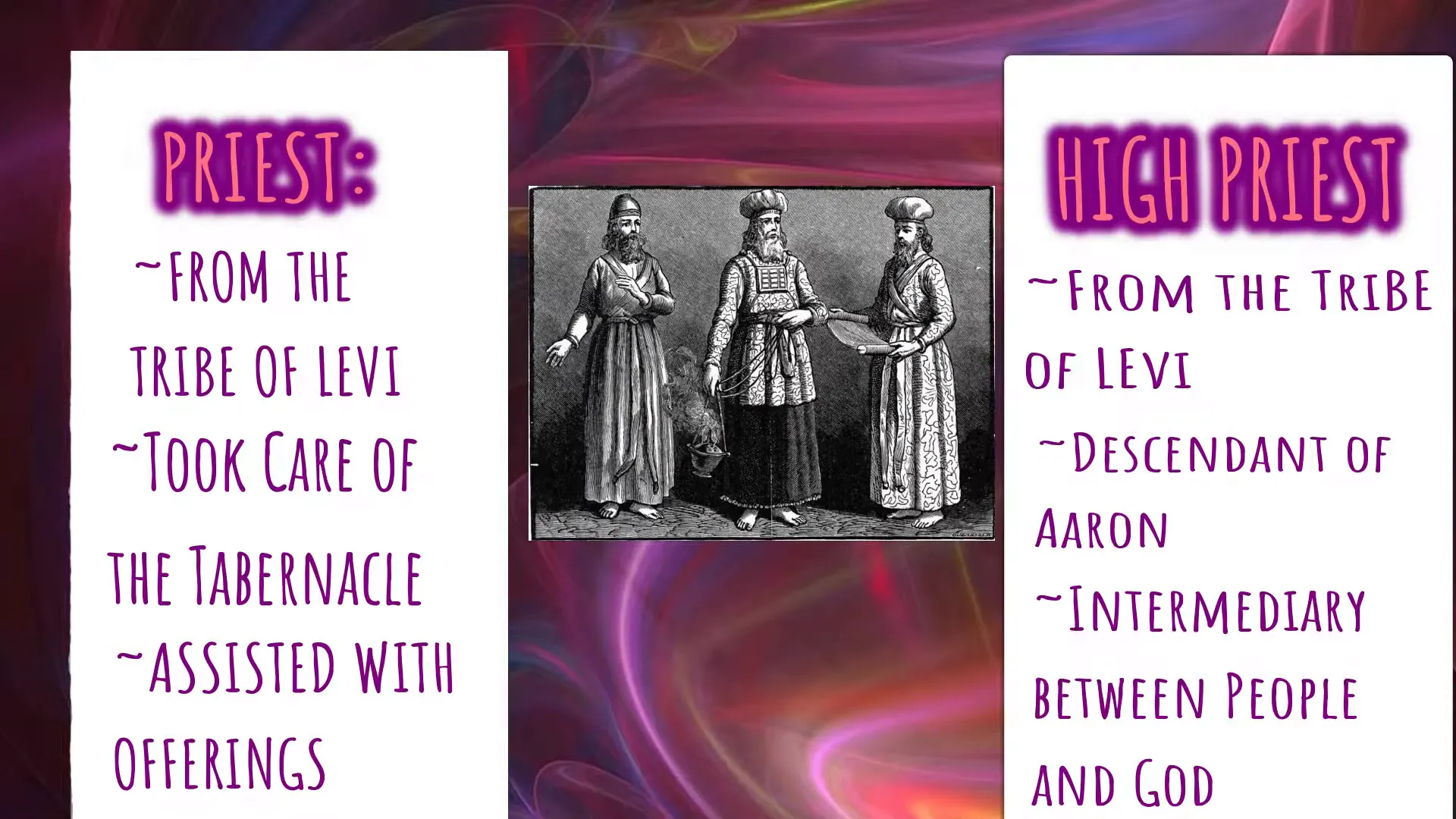
It's also crucial to differentiate between the high priest serving in the tabernacle and a Catholic priest, as students may be more familiar with the latter.
Kids love to dress up, so this a fantastic way to engage them by explaining each layer of the high priest's attire and allowing them to wear the clothing themselves.
The Layers of the High Priest's Outfit
The first layer of the high priest's outfit was a white linen tunic with long sleeves. Imagine something simple, almost like an undergarment. I made my own version by taking a baptism robe, cutting a slit down the back, and adding thin ribbons for easy tying. This creates a comfortable fit for your students.
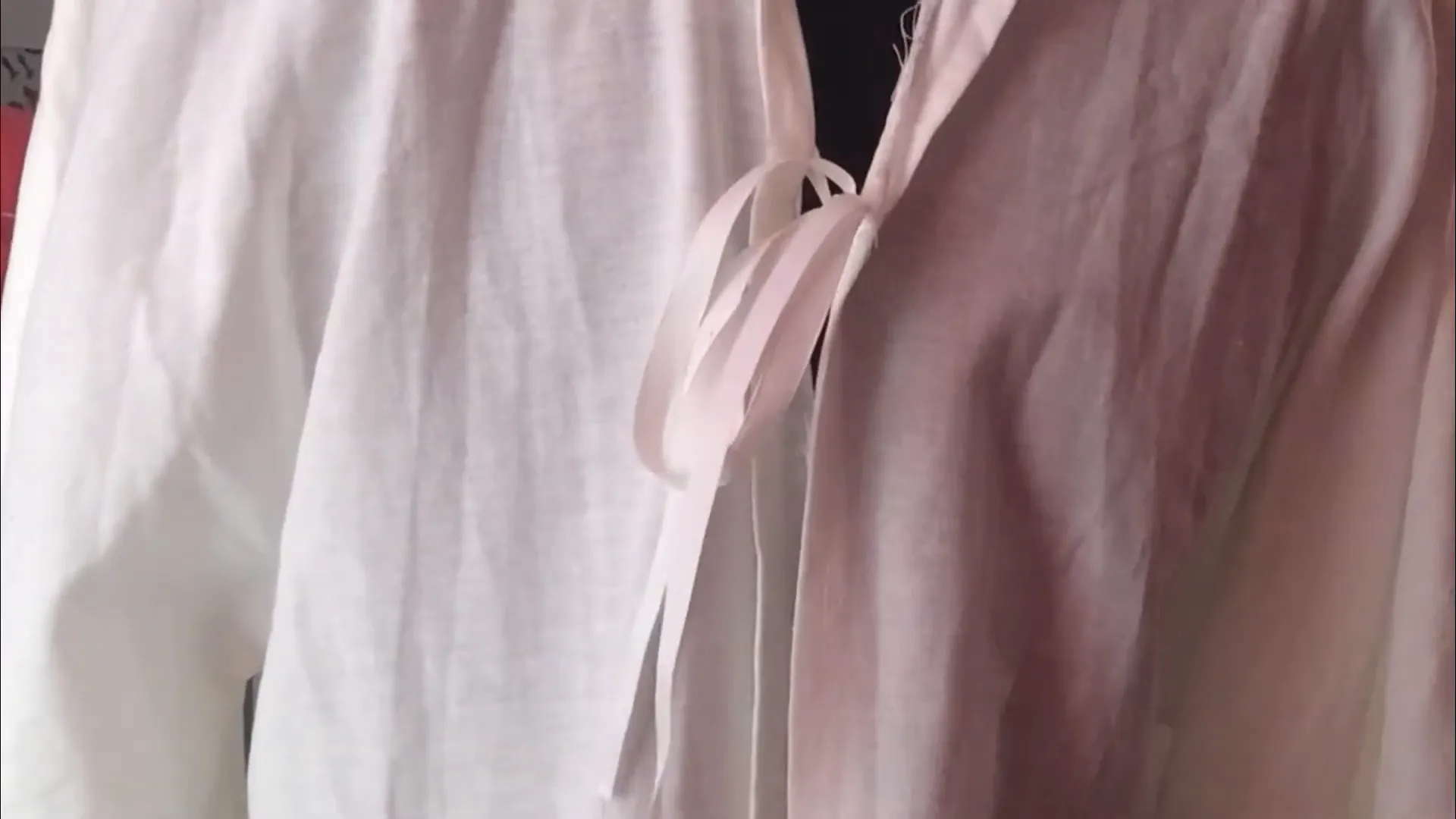
Next is the robe of the ephod, which is blue and sleeveless. It may seem basic at first, but it has three significant items along its hem.
The first is a bell, which served a practical purpose: as the high priest walked, the bell signaled to the people that he was alive and serving God in the tabernacle.
The second item is a pomegranate. While the Bible doesn't specify its significance, one theory suggests it was the fruit Adam and Eve consumed in the Garden of Eden. Alternatively, it may symbolize fruitfulness.
The third item was a set of tassels, which were colored red, blue, and purple. In biblical culture, tassels often represented remembrance.
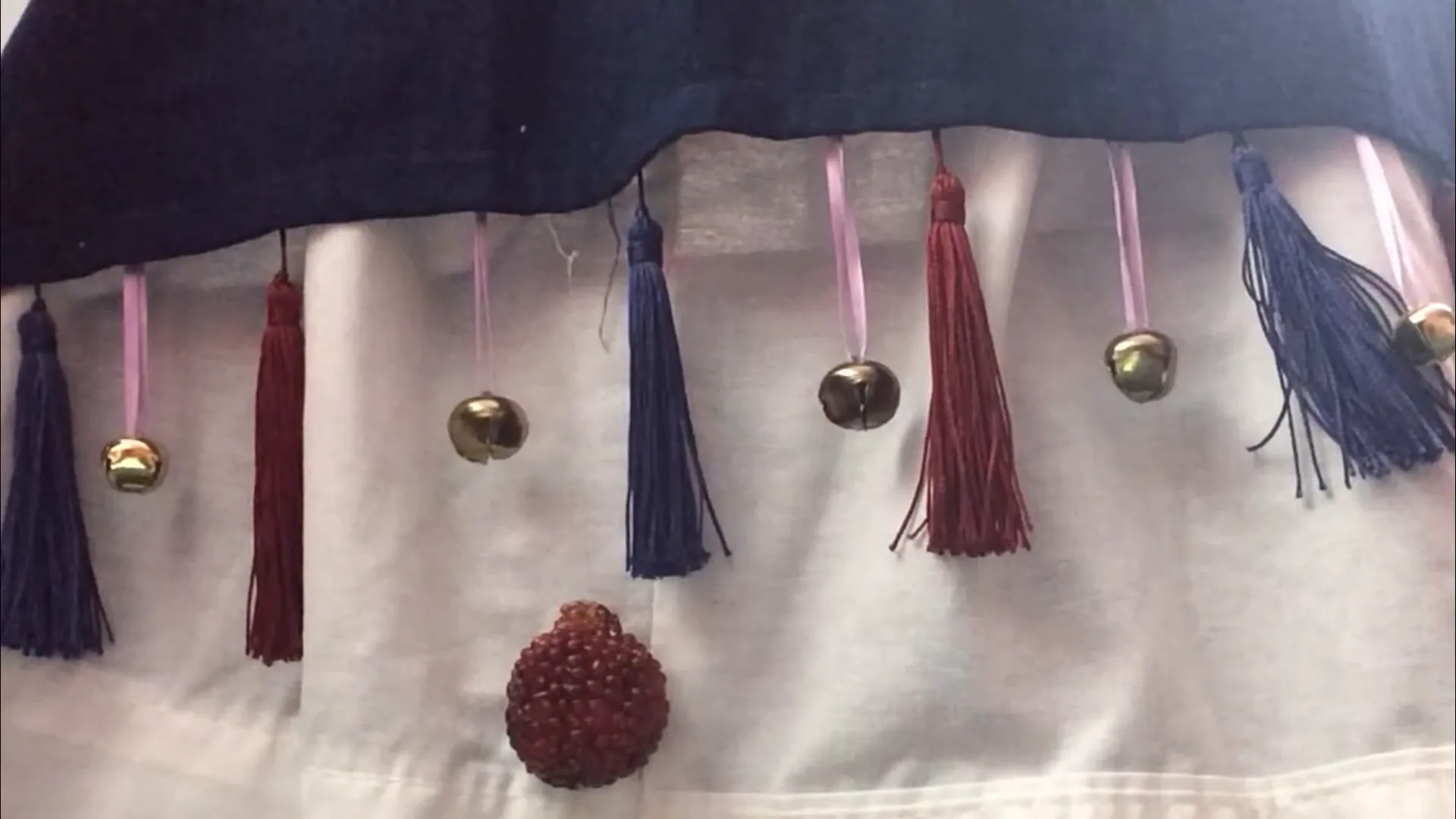
To create my version of the robe, I found a sleeveless denim dress at a thrift store. It was already sleeveless, but I had to cut a bit more for the armholes. I added blue ribbon to secure it. The bells and tassels were easy to find at a craft store, while the pomegranate may be a bit trickier; I used ornaments for this purpose.
The Ephod and Its Significance
The ephod itself is a woven fabric of red, blue, and purple, accompanied by a matching sash. On the shoulders of the ephod were placed Onyx remembrance stones, representing the names of the twelve tribes of Israel—six on each stone. I purchased these stones, but you could use any stones and attach them with cording.
For my ephod, I used two matching rugs; the front was one rug, and the back was another. I cut out a neck and sewed a hem to prevent fraying, then joined the two rugs at the shoulders. To create a sash, I cut lengths from each side of the robe and sewed them together, which worked perfectly.
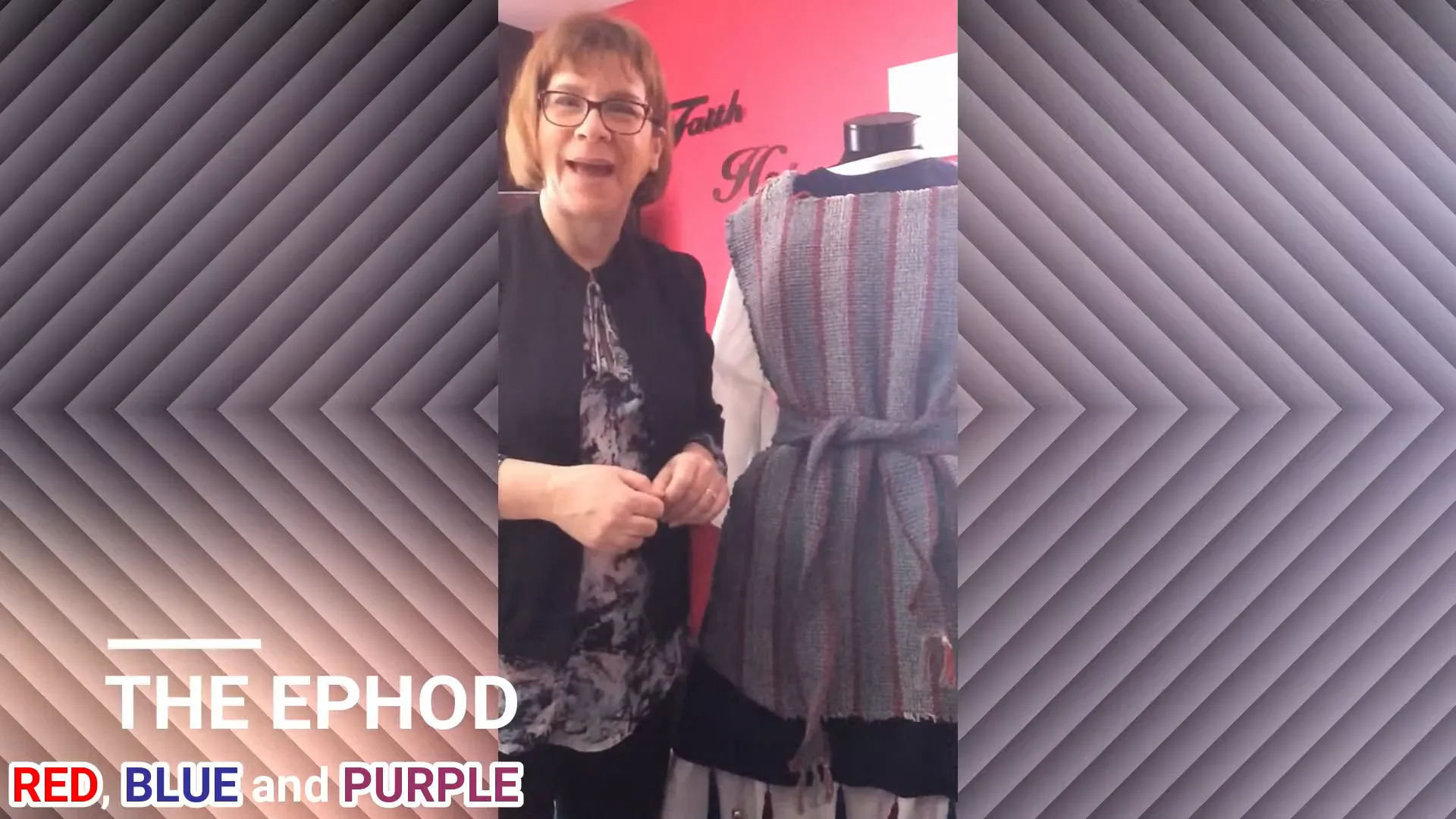
The Breastplate: A Key Element
The breastplate is an impressive component of the high priest's ensemble, containing twelve stones—one for each tribe of Israel. It features a gold chain worn around the neck, making it a striking piece of hardware. But what makes the breastplate particularly interesting is its secret compartment, which housed two special stones known as the Urim and Thummim. One stone signified light, while the other represented darkness. These stones were used for decision-making; when Israelites faced important choices, they would consult the high priest.
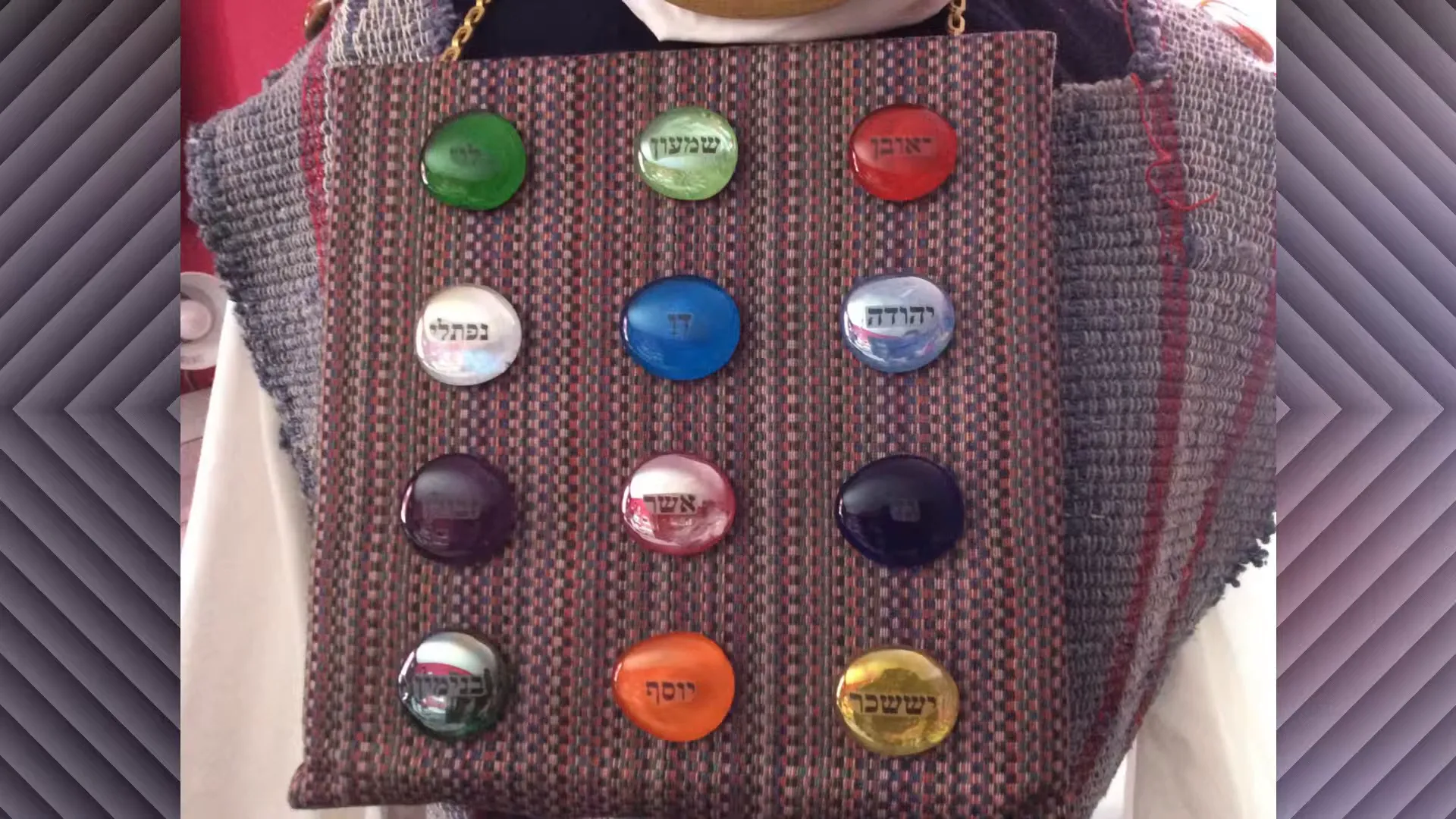
I purchased a breastplate, but if you're looking to make your own, you can easily create one using cardboard and round circles. Your students could even research the colors on the high priest's breastplate and label them with the names of the tribes—it makes for a great craft project!
The Turban: Completing the Outfit
The final piece of the high priest's attire was a turban made of light linen. An emblem on the front read "Holy to the Lord," indicating that the high priest was set apart for divine service. A long blue cording ran along the back of the turban.
To make your own turban, you can start with a solid base like a military-style hat or even a milk jug. I prefer using plastic because it's washable and easy to clean for the next student. Cut the jug at the handle for a good fit. Then, take some white sheets or stiff fabric and cut them into wide strips. Aim for a look that’s wrapped in one piece, not like a mummy.
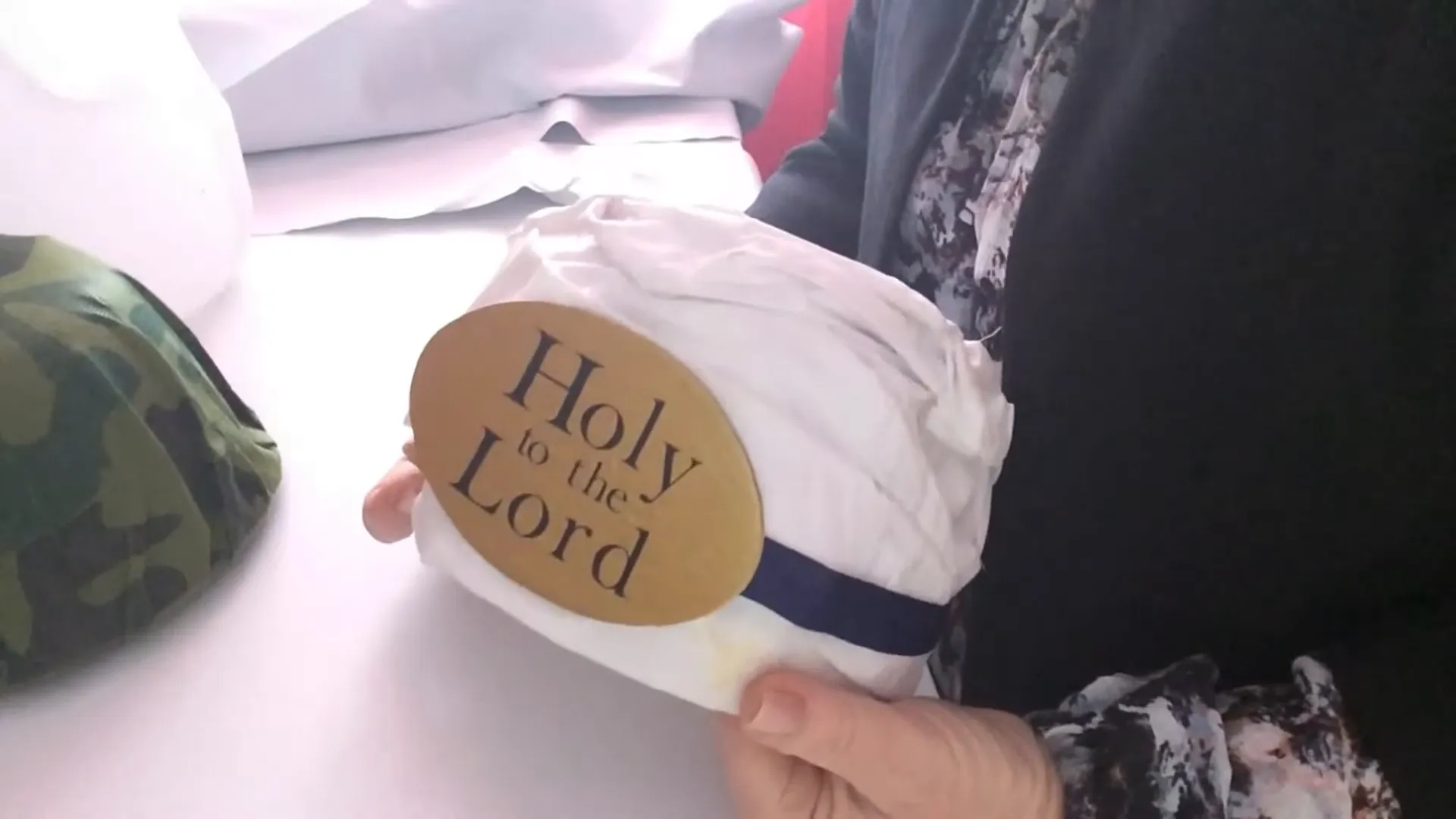
As you wrap the fabric around the base, add folds and creases for dimension. Use glue to secure the fabric in place, starting from one edge and winding it around. For the emblem on the front of the turban, I used a piece of oval wood painted gold, then added "Holy to the Lord" stickers. You can also use letter stickers for this purpose.
Embracing the Experience
Once you've assembled the high priest outfit, dress up your students! They will experience the swish of the robe, the jingling of the bells, and the weight of the breastplate. They’ll feel the layers of fabric and the balance of the turban on their heads. This hands-on experience will illustrate the high honor and responsibility of being a high priest.
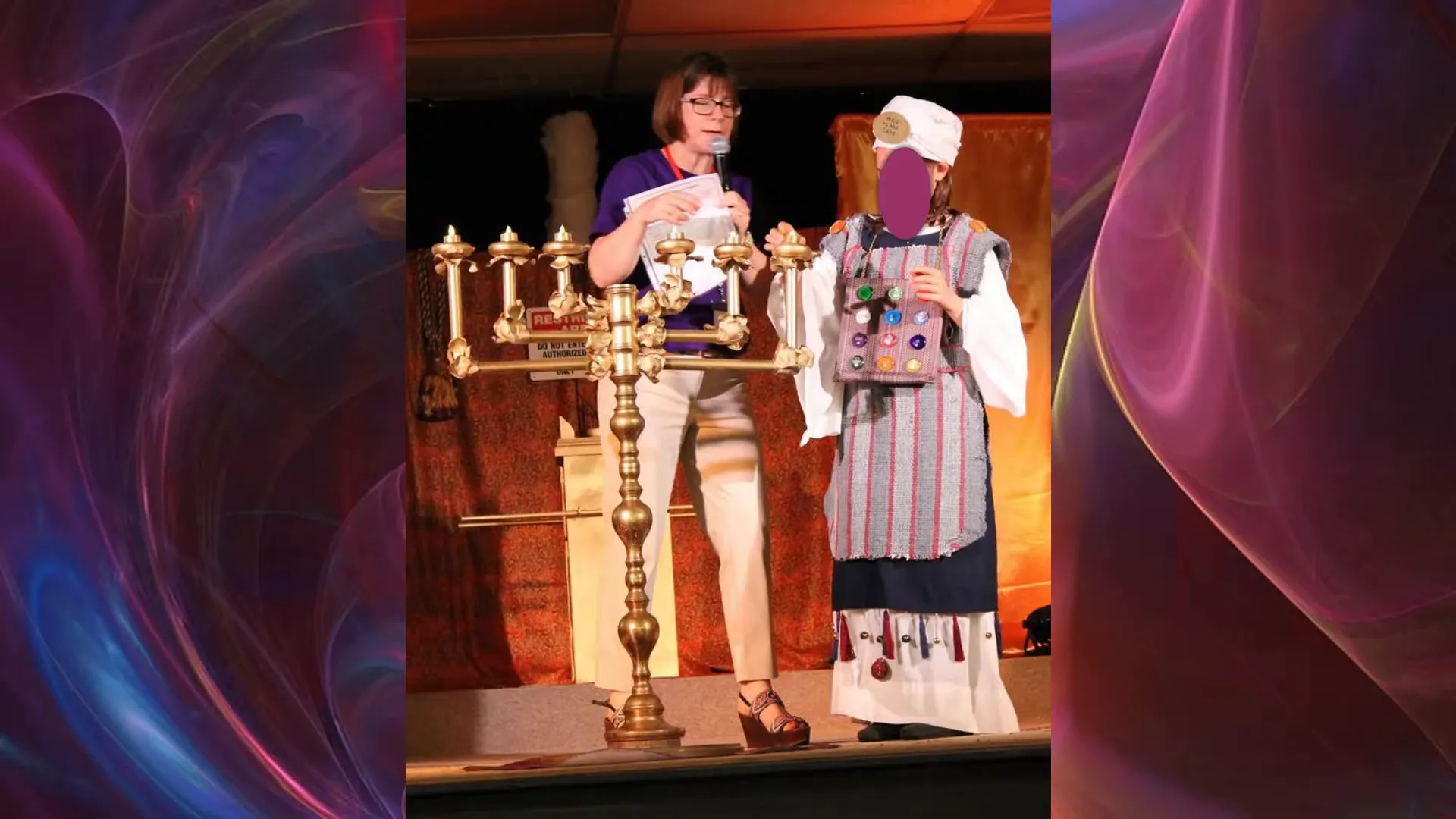
Being a high priest was not just about wearing special clothing; it was a role filled with immense responsibility and significance. By allowing your students to engage with these garments, you're giving them a tangible way to understand the role of the high priest and the importance of the service they provided to God and the people.
In conclusion, remember that props are always better than paper. Engaging your students with tangible experiences will help them grasp biblical concepts more fully. So go ahead and create your own set of high priest clothing for your students, and watch as they come alive with the stories and significance behind each piece!
This is Becky from Experience the Bible Creatively, reminding you that learning can be fun and impactful when we bring the Bible to life!
Find curriculum to go with this craft!
Our "Walking Alingside Jesus" curriculum helps your students see Jesus through the Old Testament!
Shop Curriculum